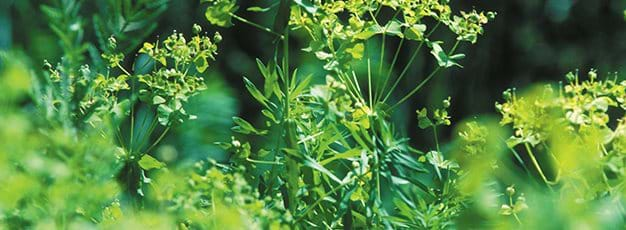ERS Launches Invasive Species Initiative

An 'invasive species' is one that is alien to the ecosystem and causes harm to the economy, the environment, or human health. Unintentionally transported from one country to another, invasive species can be particularly damaging to agriculture, as recent instances of Karnal bunt in wheat and Exotic Newcastle Disease in poultry have demonstrated. The rising potential for invasive pest incidents, brought about by increased global commerce, prompted ERS to launch a research program on the economics of invasive species policies and programs that affect food, agriculture, or natural resources, and are managed by USDA. The research program, which will be supported by extramural research agreements with universities and other external cooperators, covers three critical topic areas.
The Economics of Trade and Invasive Species: Global agricultural trade and travel can generate economic benefits but can also increase the risks of introducing invasive species to nonnative ecosystems. Since invasive species can be introduced through imported products, policies to mitigate these risks may be needed. These policies may in turn affect commodity prices and U.S. trade. Public policy should be designed to mitigate the economic risks to U.S. agriculture from the introduction of invasive species, while preserving the economic gains from trade and travel.
Bioeconomic Risk Assessments of Alternative Pests and Diseases: Risk assessments help public agencies allocate resources among programs that exclude, monitor, and control invasive species introductions. Uncertainties about the establishment and spread of invasives, and the damage they cause to crops and livestock, abound. Information from biological, epidemiological, and other sciences must be integrated to develop credible and concrete bioeconomic risk assessments.
Policies To Manage Damage Caused by Invasive Species: A range of policies can be designed to exclude, monitor, and control invasive pests. Imports from specific countries can be banned or restricted; pests can be treated during production, or in shipments after production; voluntary or mandatory area-wide spraying campaigns can be mounted; and private pest control actions can be encouraged. International agreements can foster global cooperation on controls, information exchange, research, or foreign aid to source countries. Grades, standards, labels, and certification can promote trade by ensuring that phytosanitary requirements have been met. The need to assess the economic efficiency of different prevention and control strategies for invasive species management is real and complex.
To kick off the research program, ERS will host a 2-day workshop on the economics of invasive plant pests and animal diseases on May 12-13, 2003. The workshop will engage those who would perform, and those who have a stake in the results of, the economic research, to review and discuss research priorities for the extramural competitive grants program. USDA agencies, including the Animal and Plant Health Inspection Service, are collaborators on the workshop agenda. Representatives from higher education institutions, USDA, other Federal and State agencies, industry, and nongovernmental organizations will provide perspectives on bioeconomic risk assessment, links between trade expansion and invasive introductions, and the economics of policies to exclude, monitor, and control plant pests and animal diseases.

